Water seepage | Factors |Impact on walls | Interior walls | Exterior walls | Ceilings | Bathroom | Sidewalls | Floor | Best treatment | Hiding damp walls | Protection | Conclusion
Most people in India have problems with damp walls and water seepage, which can happen when they move into a new home or fix up an old one. India, a tropical country, receives heavy amounts of rainfall yearly that adversely impacts the walls and results in water seepage.
How does even your roof get damaged?
Prolonged exposure to higher amounts of sunlight and rain leads to the formation of cracks in the walls. As a result, these poorly designed houses couldn’t resist heavy rainfall and prevent wall seepage.
What is wall seepage?
Wall seepage is where water seeps through your house’s walls or ceilings, making the wall look unpleasant and untidy. Water seepage may occur for a variety of causes. Anything can trigger the condition, from a damaged overhead tank to relentless rain.
Even a little leak in a pipe may lead water to slowly seep into the building, inflicting damage in several locations. In fact, in the rainy season, the water percolation through the walls of your home can also damage the iron base, making the bricks unstable, which might lower the strength of the entire structure.
You probably have questions like, “Why is water seeping through your home?” What exactly is the reason? How can you get rid of this condition?
Don’t worry; in this article, you will get answers to all your questions!
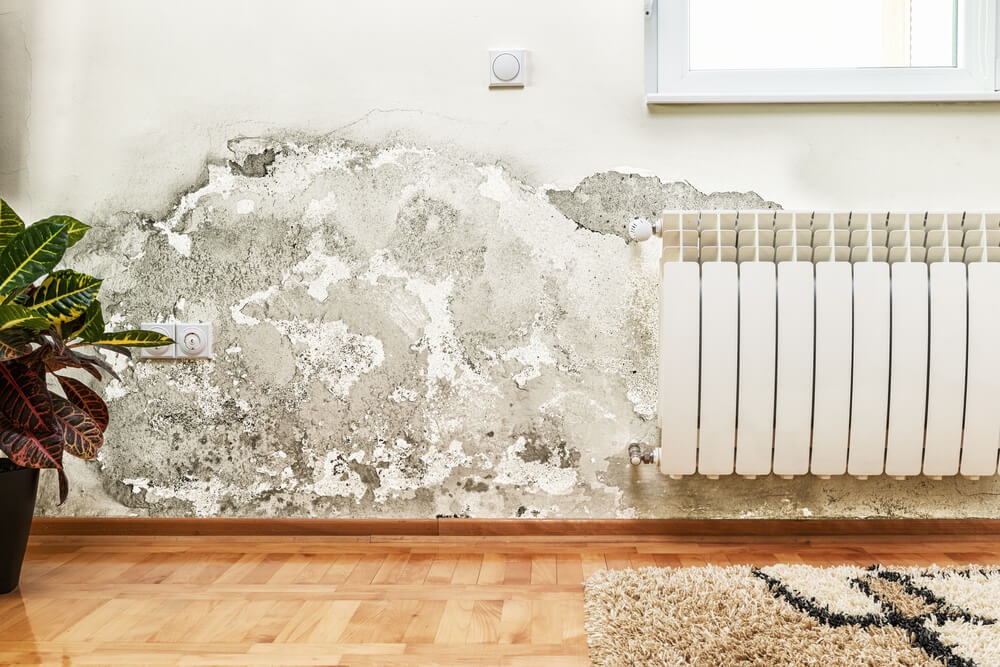
Most common factors that trigger wall seepage
Underlying construction issues might lead to water seepage through the walls of your house. For example, it might happen that your house contractor utilized terrible quality materials or needed to adhere to the waterproofing solutions that would prevent water seepage.
Listed below are some of the most common factors that might trigger wall seepage in your home:
- Leakage from toilets, kitchens, water tanks, and sewage pipes.
- Internal plumbing flaws
- Leakage from water supply lines, drain pipes, and sanitary fittings
- Water accumulation on roofs as a result of inadequate outlets
- Water seepage is prevalent in houses with unplastered outside walls
- In bathrooms, water percolates through the spaces between the tiles
- The dampness may rise above ground level and cause damage to floors and walls
If you do not take preventive measures at the right time, there is no way to prevent water seepage, which might create damps on the interior walls of your house. So, even if you see a slight water seepage or any damage in your home, get them repaired as soon as possible.
How Does Wall Seepage Impact your home?
Walls that leak water may cause structural damage to the home in ways you wouldn’t expect. Seepage not only makes the interior of a building appear unpleasant, but it also ruins the paint and plaster on the walls.
Furthermore, it causes ceilings, walls, and floors to get moist and leak. Because of this, it’s not unexpected that residents of such a home are prone to becoming sick regularly.
The iron bars that are your home’s foundation will deteriorate over time as the bricks fall apart. The constant water seepage through floors, walls, and ceilings during heavy rains may also cause rooms to flood.
Wall leaks can ruin both tile and wallpaper. If the seepage continues, the tiles on the walls might eventually fall apart. And molds thrive in wet, dark places, so you are most likely to welcome some unwanted guests as well! In addition, dampness can wreak havoc on wood and iron furniture, drastically limiting your décor options.
Wall seepage treatments for your house
A moist wall is one of the biggest enemies of iron bars as they erode them and weaken the bars that form the basic structure of the buildings. But before you get on to the water seepage solutions, look for the root cause that is causing the seepage of water. Else, investing time and money in your search would go in vain.
Seepage can occur in different areas of your house, and you need to treat them separately. Lastly, you must remember that if the fissures or cracks on the exterior walls are left untreated, it damages the interiors.
Here’s how to treat seeping damp walls in different areas of your home:
Treating wall seepage on the interior
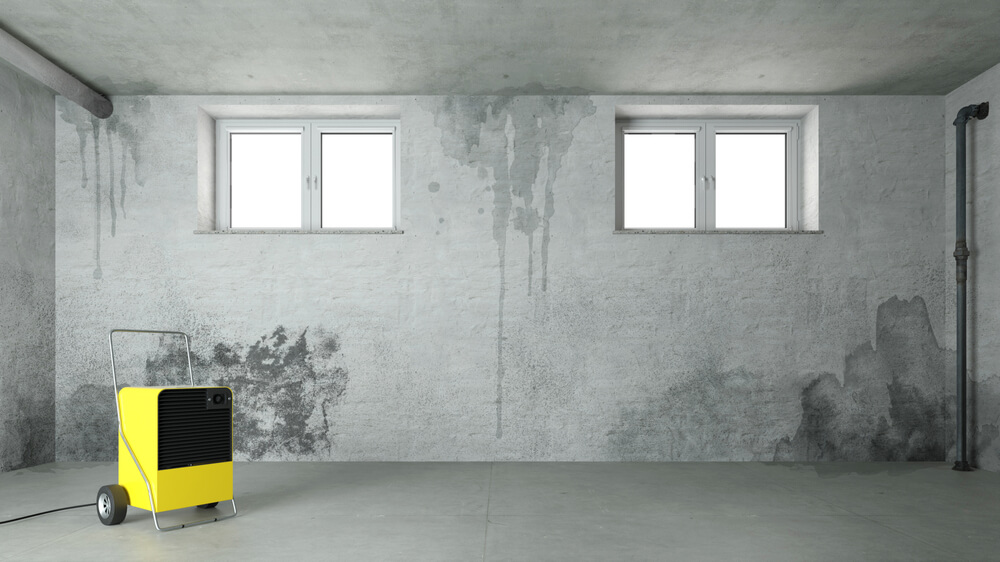
As the year passes, cracks start developing near windows, doors, or the ceiling, in interior walls. In this case, you must first fix the damage with a chemical that doesn’t react with water, and then paint the affected areas.
When selecting paints for your interiors, make sure you use top-quality water-resistant paints with elements like silicon that can prevent damage to the walls. In addition, using silicon-rich colors help to strengthen the portion prone to water seepage. Low-quality paint on your walls is one of the primary causes of water penetration into your home’s interior.
These coatings enable moisture to infiltrate through the concrete, resulting in seepage and consequent wall deterioration. It would help if you also took care of the following things:
- It will help if you choose to construct hollow walls because they prevent wall seepage from external to inside.
- Remove the plasters placed in the damped portions and apply white cement or waterproof material that is popular as chemical proofing.
- If you notice any cracks on the interior wall, do not leave them untreated. Make sure you do a quick patchwork to prevent further damage to the interior walls.
- Ensure your overhead tank and tap do not leak water. Keep the area dry and clean.
Treating external wall seepage
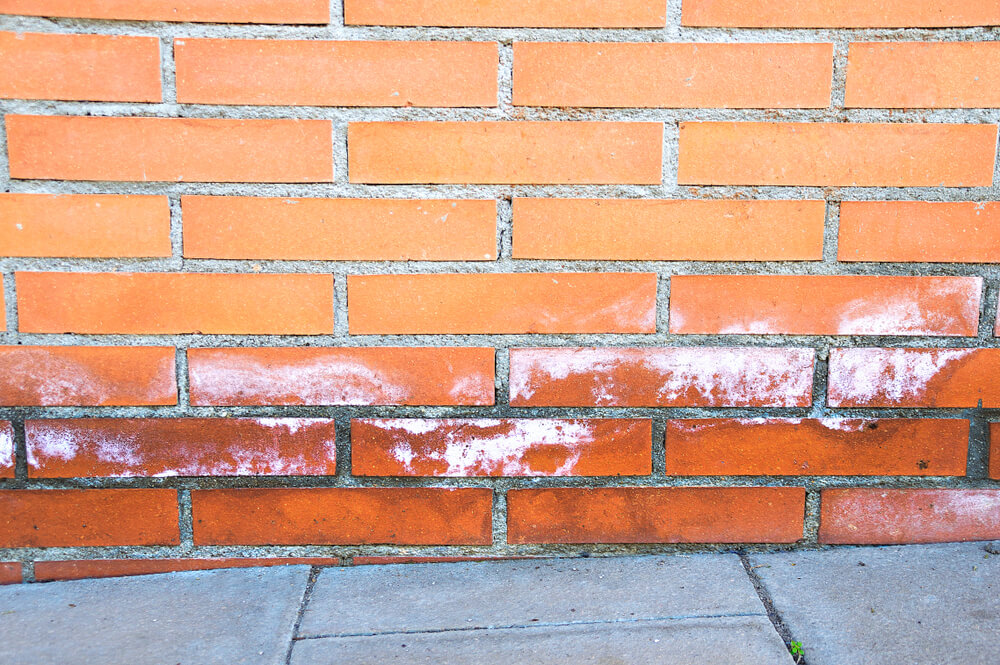
Exterior walls usually withstand harsh weather, so it is advisable to use high-quality materials only. However, sometimes builders use poor-quality materials and paints; as a result, the exterior of your ends up developing cracks and fissures.
If these cracks are overlooked and not treated promptly, water will quickly enter through them, creating damp walls. Poor plastering, leaks from cisterns and tanks, and using inferior-quality construction materials are some of the primary reasons for the damage to the building’s exterior wall. So here’s what you must do to treat external wall seepage:
- Plastering the outer wall with premium waterproof materials can strengthen the exterior wall.
- Paint the exterior wall with silicon-containing material.
- It will help if you waterproof the pipes and cisterns to prevent any chance of leakages.
- Repair the outside wall cracks and fissures immediately when observed.
The best solution to prevent ceiling seepage
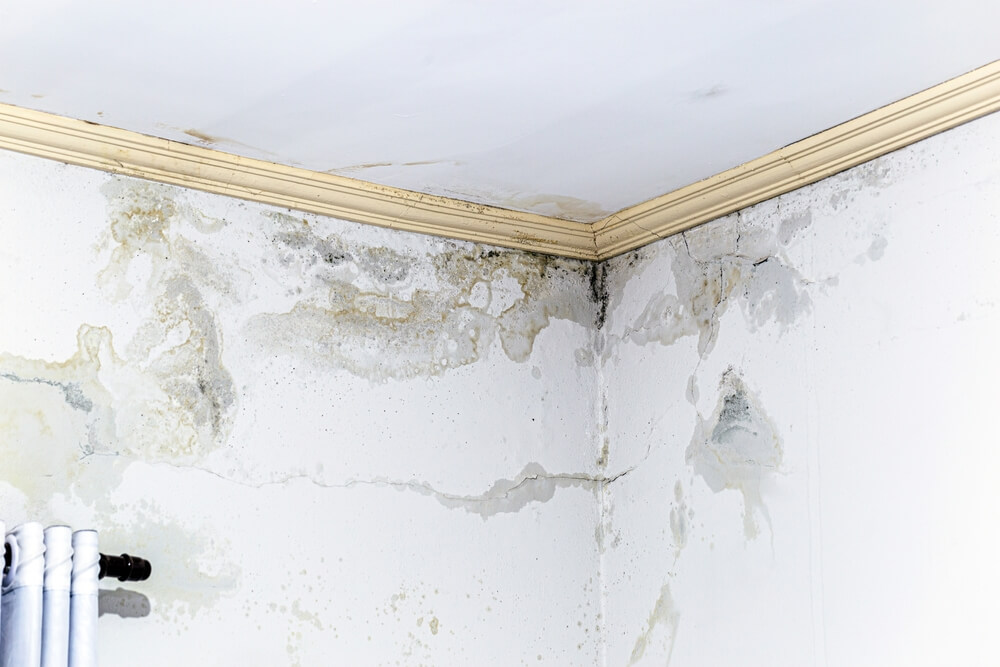
Water accumulation on the roof is the primary cause of ceiling seepage, and these stored waters find their way through the blocked outlets or any cracks and start seeping from the ceiling walls. However, if you can follow these steps correctly, you can prevent the seepage of water from the ceiling walls of your house.
- Fixing the cracks or fissures on the ceiling walls with mortar or cement can prevent water seepage.
- Applying coatings or waterproof putties over the holes formed on the ceilings can block the pathway for the rainwater.
- Frequently cleaning the outlets on the terrace allows a continuous flow of rainwater.
- Ensure your terrace floor has a slope to avoid seepage on top floors of apartments or in residential properties. A sloped roof will prevent water accumulation after rain or stagnant water caused by leaky or overflowing water storage tanks.
Treating bathroom wall seepage
Cracks in pipes, tanks, taps, and gaps between the tiles can all contribute to water leaking from the bathroom. In such cases, to prevent bathroom water seepage without much hassle, you must try to find a solution for the leakage in the bathroom quickly because leaks in toilets can be very scary.
Most importantly, you can use cement, mortar, or any waterproof sealant to fill the gaps on the bathroom floors.
Protecting sidewalls from wall seepage
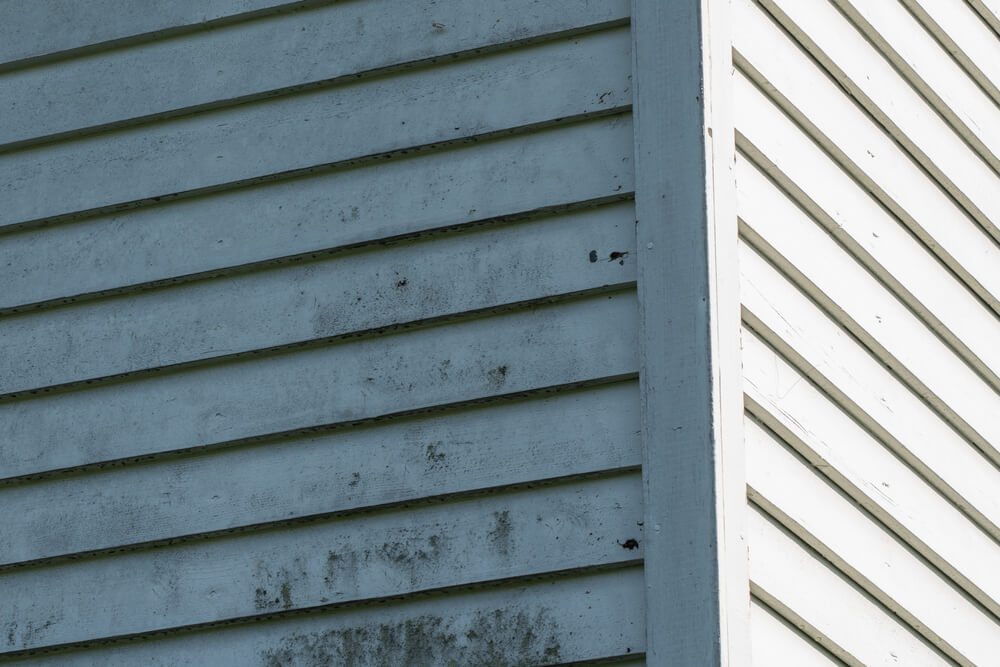
Faulty plumbing can lead to water seeping from the sidewalls of the buildings. The sidewall is more likely to get cracks because it is more exposed to weather hazards.
In addition, water seepage from the sidewall decreases the wall’s strength and can dampen the floor, causing a complete mess. So here’s what you must do:
- The first step to repair the cracks and leakages is to find them at the earliest stage.
- Grunting can be the best solution to prevent water leakage if you find cracks in the pipes and cisterns.
- It would help if you sealed any cracks and fissures with cement or mortar.
- Dampproofing is an effective solution for sidewall leakages. It will fill up the fissures with concrete and protect them from damage from water seepage.
Treating seepage on the floor
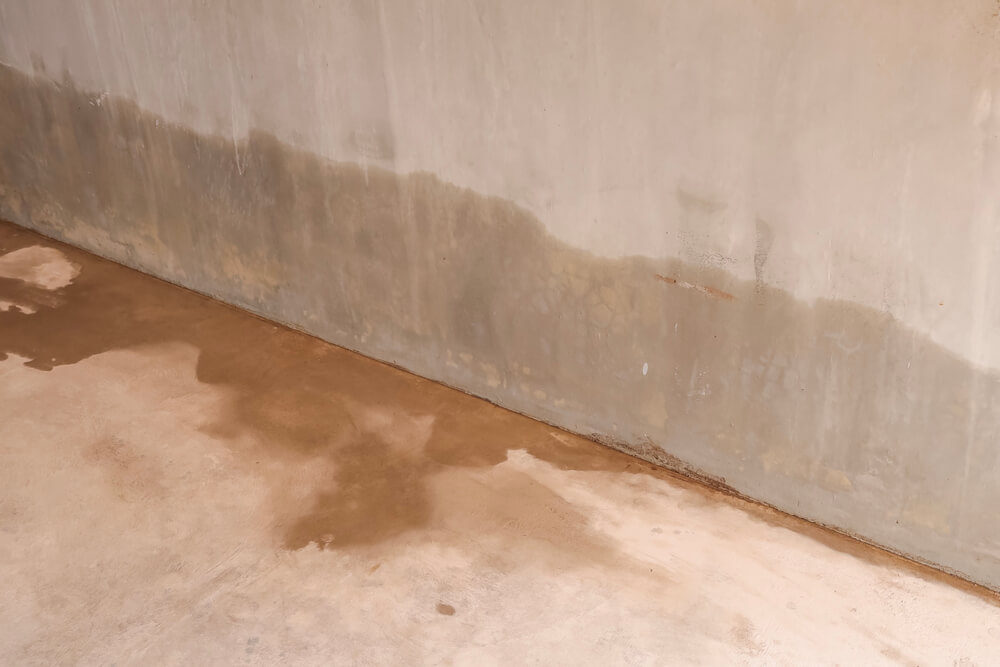
Moisture quickly finds its way into the house and can seep through the floor surface. While you might ignore it at an early stage, water seeping through the floors can damage the tiles and concrete.
So treating them at the earliest would be the best choice before it causes any further damage. Check out these quick tips to prevent any further damage to your floor:
- Use waterproof materials for paving the floor of your house.
- Check if there is any gap on the floor between the tiles. If there is so, quickly fill them with white cement and waterproof adhesive before water seeps through them.
- Installing a damp-proof course can be effective. Here, the constructed preventive barrier will not allow the entry of moisture from the surface and protect the floors and walls.
Best way to treat any wall seepage
Say bye-bye to those low-quality paints; instead, go for high-quality, waterproof colors. Did you know that painting your house regularly can help solve half of your problems?
Painting the walls of your home prevents water seepage to some extent, but if your walls are already moist, repainting won’t help resolve your condition. In that case, the first step would be to investigate and eliminate the source of damage and then take necessary actions.
While painting is not the ultimate solution, some high-quality paints can efficiently treat the damped walls. You can also utilize a moisture meter to see which place has the highest moisture content. Accordingly, you can eliminate the debris from that region, fill the cracks with cement, and waterproof the area.
Is it possible to hide damp walls?
Imagine how embarrassed you would feel when you bring home some guests, and your walls are damp and seeping water! No one wants to be in that awkward situation in front of your guests. What would you do in such cases? Is it possible to hide these ugly-looking damp walls?
The answer is Yes! Undoubtedly, getting your walls involves investing quite a lot of time and money. So, unless you hire a professional to complete the repair work, you can temporarily use clever hacks to hide your seepage walls. Here are some ideas for you:
- Choose a piece of art furniture and place it right in front of your damp wall. However, this is a temporary solution, and make sure you are not using pieces of furniture made of iron or wood, as moisture can damage both.
- Buy a beautiful painting and place it strategically in your house to conceal the seepage areas. Besides, it would also create a more stylish and elegant appearance to your home.
- Planting a vertical garden would also be an option to cover up large areas of seepage walls. However, if you think maintenance is unnecessary, you may opt for an artificial vertical garden.
- You can keep a massive sculpture or statue to guard the damped portion.
Feel free to add some hints of creativity to your damp walls but please bear in mind that it is advisable to repair the moist areas as soon as possible. Otherwise, you might have to be ready to experience adverse effects.
Tricks to protect your house from wall seepages
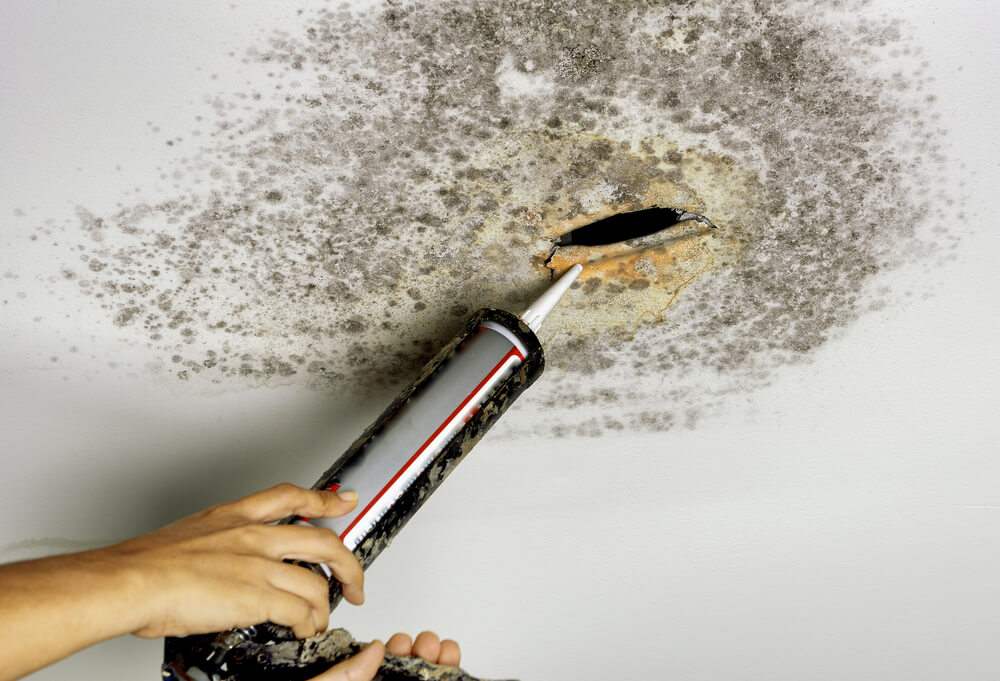
One of the most crucial things you must do to protect your home from damage is to prevent it. Is that even possible? Check out the steps below to avoid water seepages in your place.
- You can regularly use premium quality and water-resistant paints for your house’s external and internal walls.
- Plaster walls with the best quality materials.
- Make sure you timely inspect the pipelines, drainage systems, and tanks periodically. It will help you detect water leakages early, thereby preventing water seepage.
- Check the air ventilation system in your room to prevent moisture entry.
- See that water does not get accumulated on the roof of your house.
- Look if you have any cracks and fissures which might result in water seepage. Treat them soon with mortar, cement, or any water-resistant substance.
However, out of all the options, waterproofing is one of the best ways to protect your house from wall seepage. Waterproofing your property is essential because it protects your home from the inside out and prevents it from becoming drab, flaky, and wet.
Waterproofing is a procedure that makes a building water-resistant by preventing water infiltration. You can choose to waterproof your roofs, exteriors, and interiors, making residential areas water-resistant.
Unfortunately, most homeowners skip this step, considering it a hassle and an unnecessary expense, which is definitely not one of the best decisions! If you are taking massive action and investing in building your dream home, is it not your responsibility to protect it as well?
Conclusion
What are you waiting for? If you have just discovered that the walls and ceiling of your room are seeping water, then it’s time to take action immediately!
If you keep the wall seepage problems untreated for a long time, you are letting the moisture cause even more damage to your house. In the worst-case scenario, your home’s foundation will start deteriorating!
So, the first step is finding the root cause and getting it fixed by a professional.
In addition to waterproofing, you can paint your house to restore its glamour and prevent further water damage. Although painting is not the ultimate solution, it can deliver long-lasting results.
